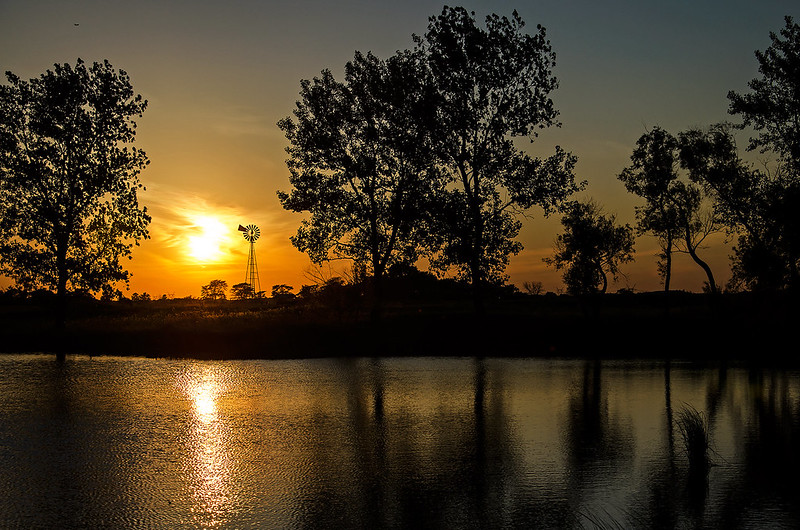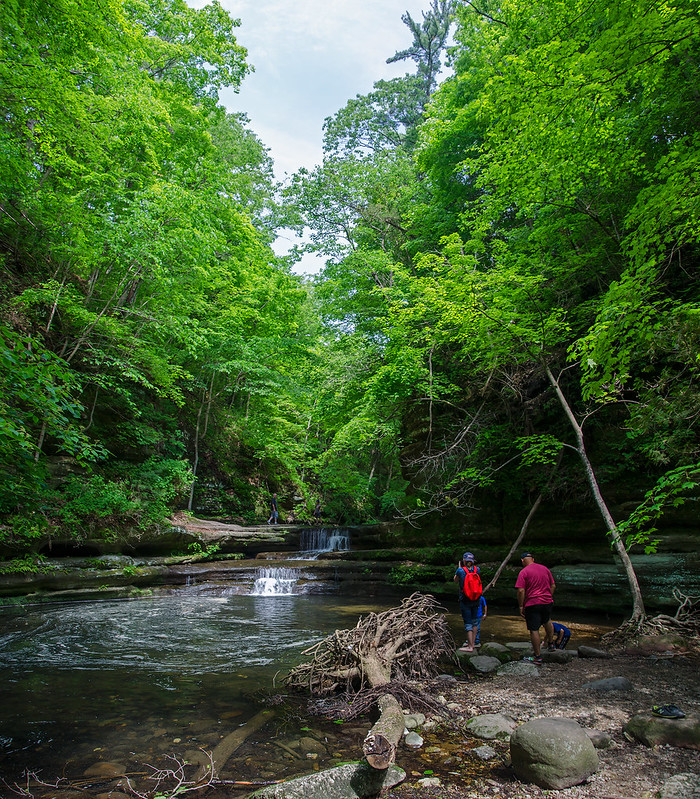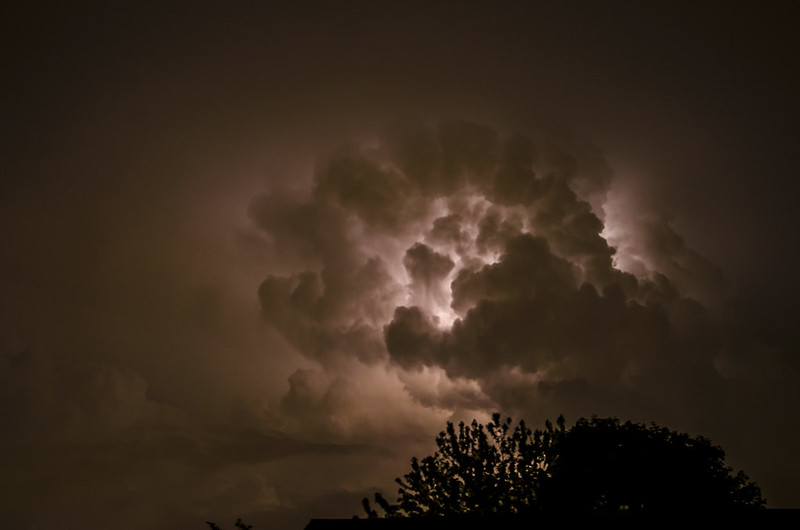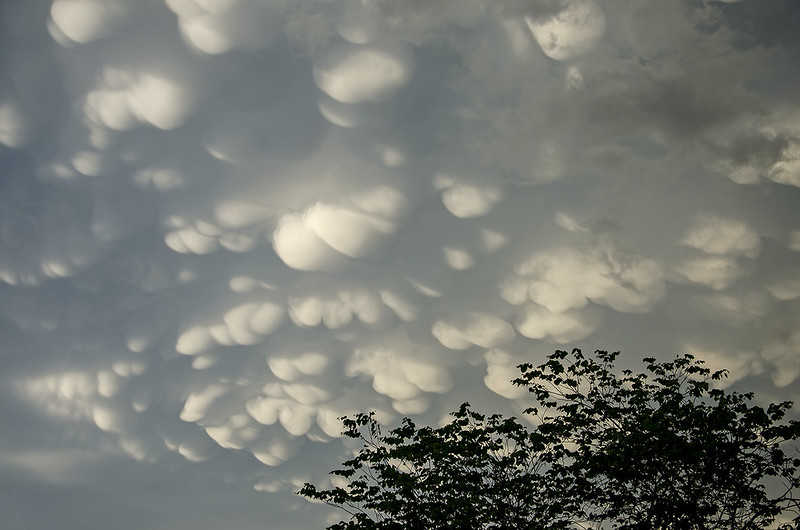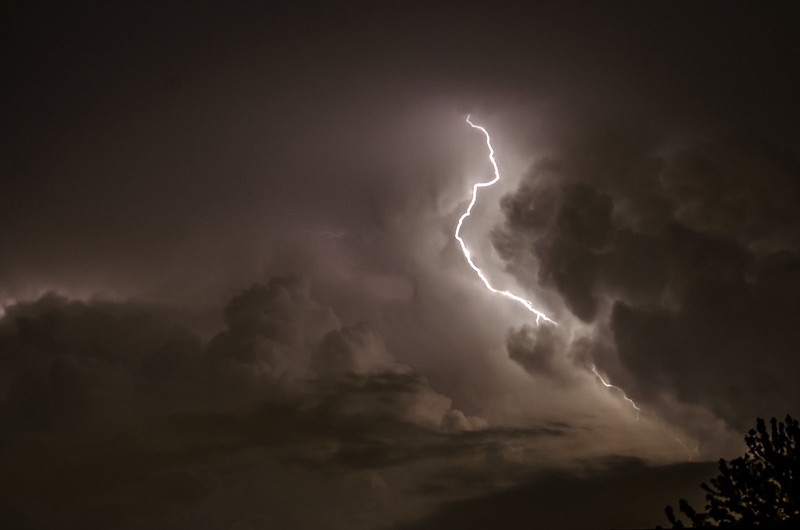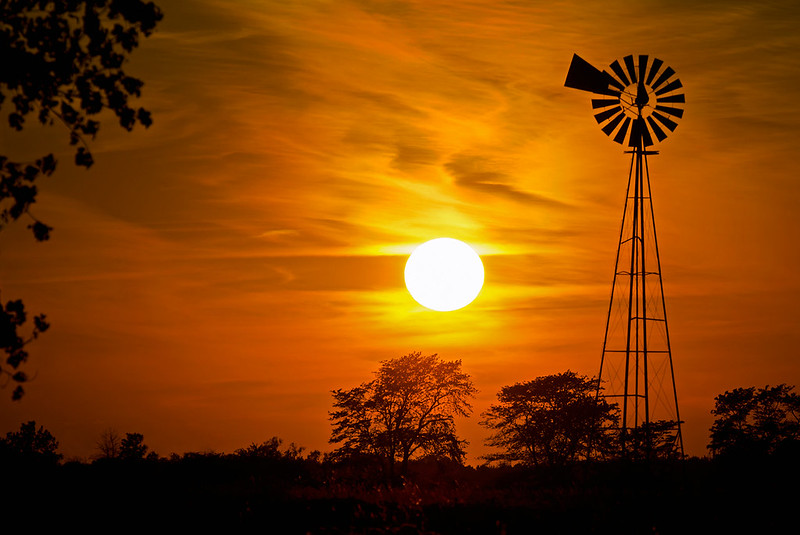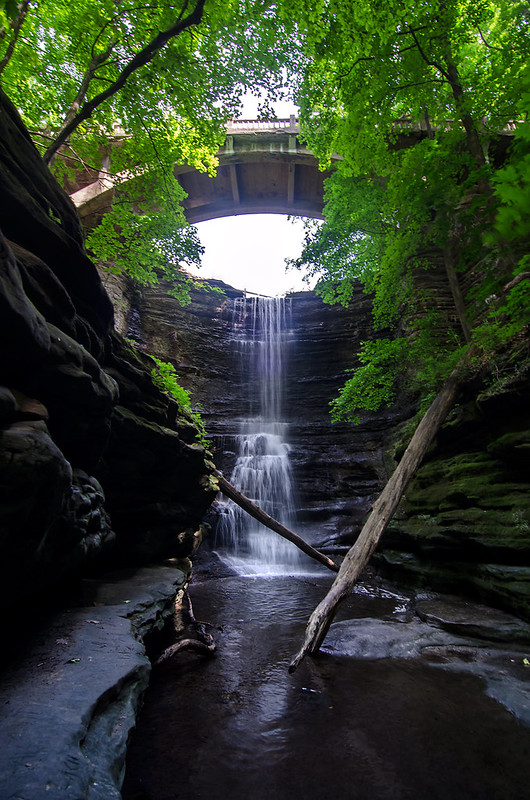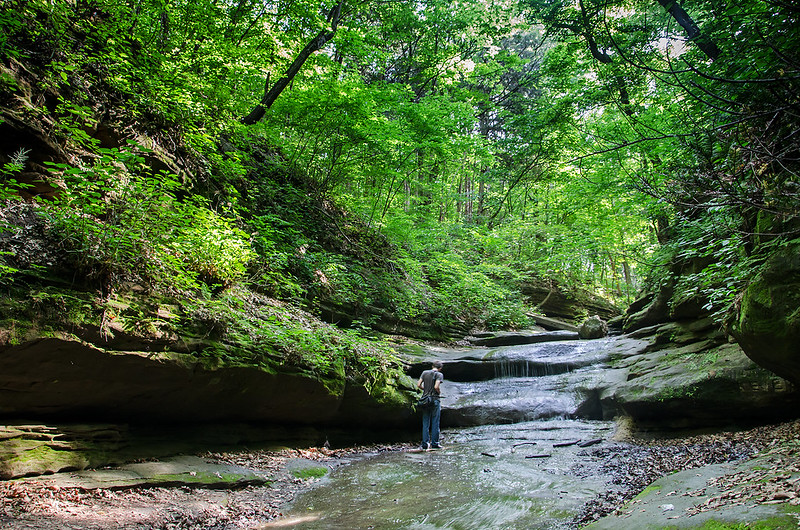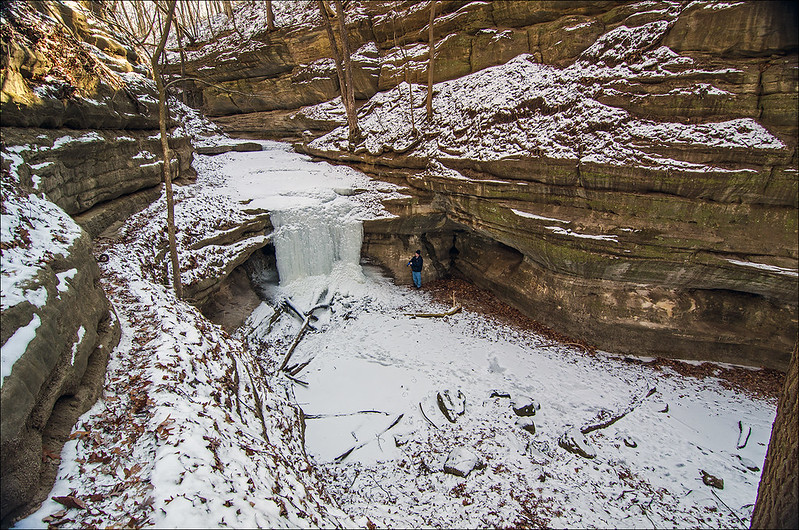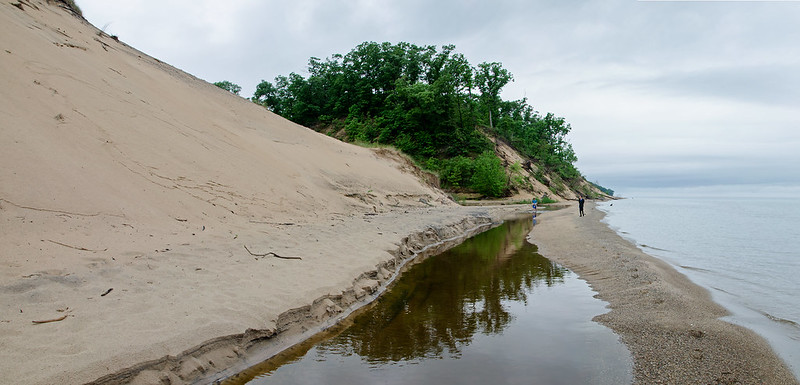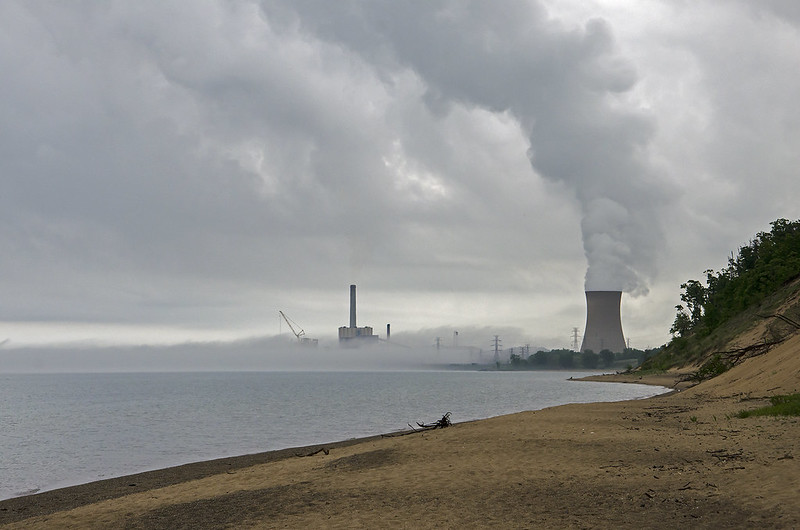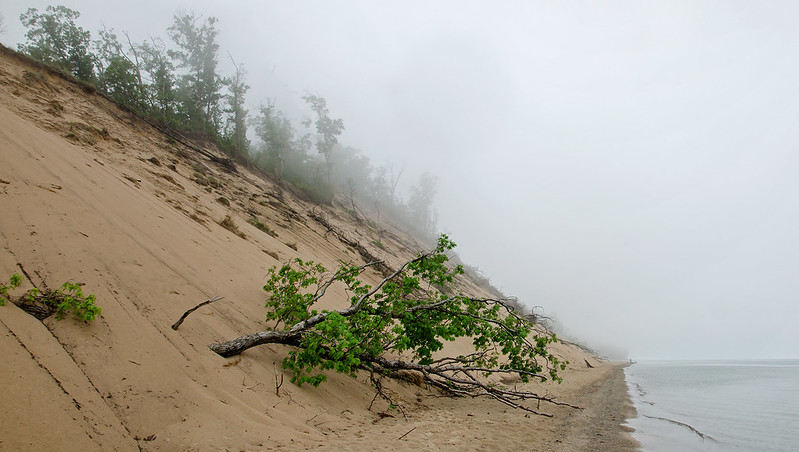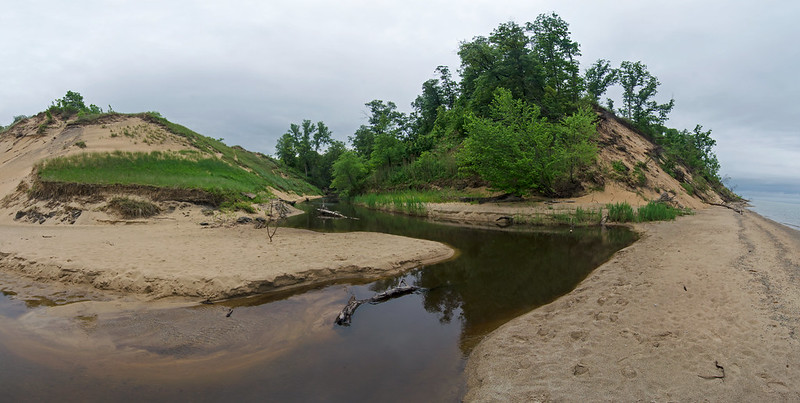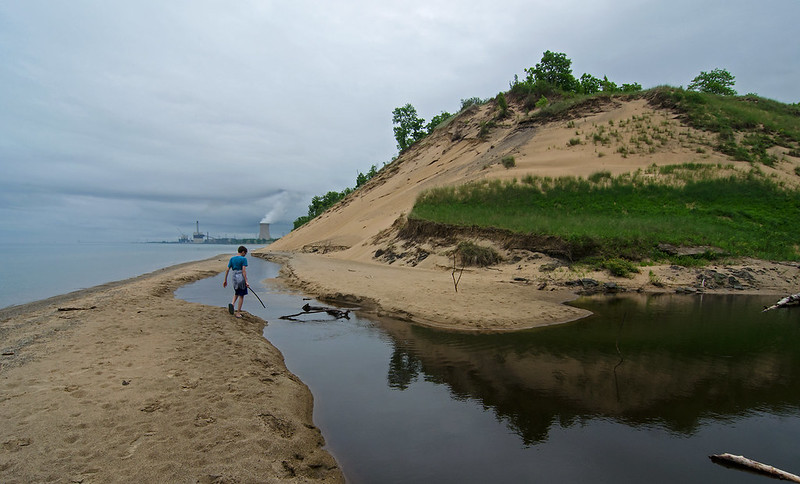
So many things converging in this image. The land with the water; the stream with the lake; grass with the sand; dunes with the beach; sky with water; nature with industry; steam with clouds, and warm and cold weather.
A morning with warnings of rain, wind, shoreline flooding, fog, and cold temperatures, was tolerable for the most part, and seems to have scared everyone off the beach - we were the only ones in sight.
The gloomy morning enhanced the mood of the industry on the horizon - Michigan City's electric plant, with the landmark cooling tower allowing steam to touch the clouds.
Moments after this image was captured, a line of clouds appeared on the horizon as far as the eye could see. Knowing the predicted storms were on their way, we hastily headed the 1/2 mile to the parking area. The wall of clouds quickly moved toward us, and with no way of making it to shelter, we readied ourselves for a drenching.
Much to our surprise, as the clouds approached, and the cold winds hit us, the wall of clouds turned out to be fog - no rain. The beach ahead of us and behind us disappeared, as did the tops of the dunes, as the thick fog rolled in off the lake.
The weather created an almost surreal view of so many things converging at one time.
